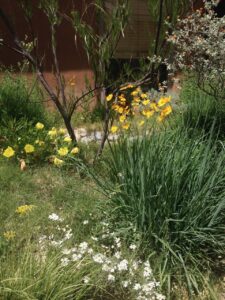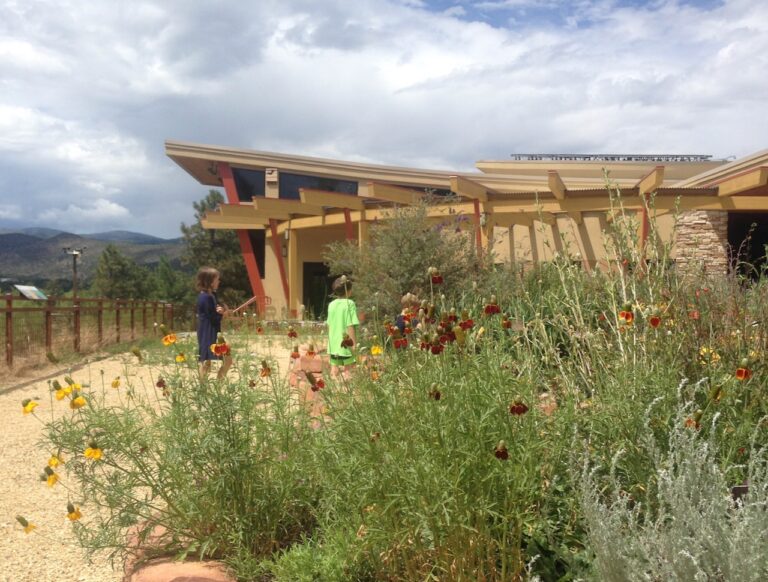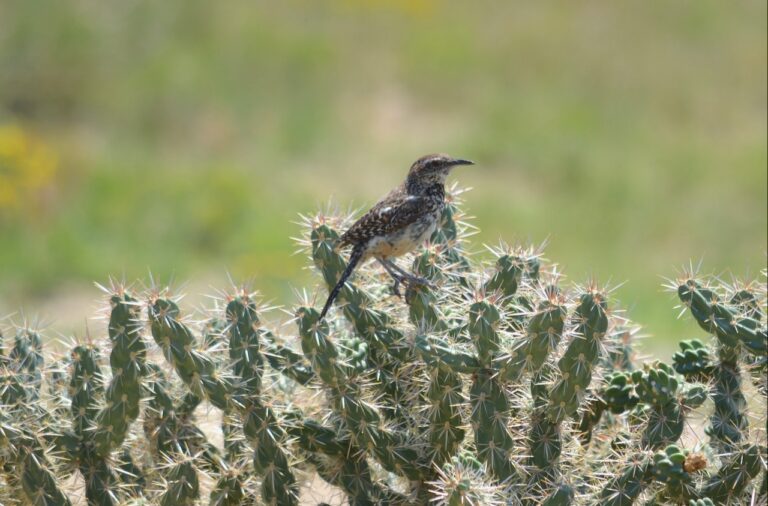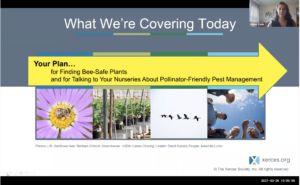Their Refuge -- And Yours!
Call it Habitat Gardening, Landscaping for Wildlife, or a Backyard Refuge, conserving nature one yard at a time is an idea that meets the moment and is here to stay.

A personal space shared with nature. "Something new every day."
We might feel powerless to hear about three million birds missing from the U.S. and Canada, "insect apocalypse,” climate derangement, habitat loss, and other insults to the ecosystem. But many people have turned to native plant gardening — habitat gardening — as their constructive response to the heavy impacts of humanity on nature.
We understand that a garden can be more than just a pretty sight — it can serve as an important oasis for wildlife, plants that are dwindling in the wild, and even soil organisms. Our sense of perfection must evolve to accept the unfamiliar, to welcome caterpillars as well as butterflies, and experience year-to-year changes. As we become more engaged with and at home in this dynamic environment, it nurtures our mental, spiritual and physical well being.
An early and continuing apostle for this prescription is Douglas Tallamy, a faculty member at the University of Delaware who authored Nature's Best Hope and Bringing Nature Home. Listen as he e xplains it all in this nice interview on Santa Fe radio station KSFR: Doug Tallamy Interview
xplains it all in this nice interview on Santa Fe radio station KSFR: Doug Tallamy Interview
(Then continue below.)
Let's Bee Safe. Might we be leading pollinators down a garden path to danger?
We can draw pollinators to our gardens with pretty flowers, water and nesting spots. At what risk? Obviously, we should not be using pesticides in places where we wish to harbor beneficial insects and birds. This especially includes any “year-long pest control” or “soil drench” that may still be in their tissues and pollen beyond one year, even beyond three years. But how do you know if your nursery or its out-of-state supplier uses long-lasting, systemic poisons (neonicotinoids) on the plants they sell us? It is a real danger, and everyone can learn from the recent video "Buying Bee-Safe Plants, How You Can Help," from the Xerces Society. Click the image to the right and skip any ads:
It's a lesser concern, but some commercialized native plants may be overly selected for showiness or hybridized to the point where they don’t serve pollinators. A bee might waste energy struggling through densely packed petals, and trying to find nonexistent nectar or pollen. You can put your garden space to better use with plant varieties closer to the wild type. Here is an interesting article on the subject: https://xerces.org/2017/11/21/picking-plants-for-pollinators-the-cultivar-conundrum/

Non-toxic gardens are safer for kids and us as well as birds and bees. (Pajarito Environmental Education Center)
Our Refuge Too
In gardening with nature we are creating peaceful, fascinating refuges for ourselves as well. Scientific studies repeatedly show a physical and mental health benefit, not only for the gardener but for children and others living in more green, biodiverse surroundings.
“There is strong evidence that time spent in nature can improve the attention capacity of children with attention deficit disorders.”
“Hospital patients with nature views from their rooms spent fewer days in the hospital and used fewer pain medications.” Click here for a Forest Service page on this subject.
The Native Plant Conservation Campaign has compiled a partial list of the health and medical contributions of native plants to human wellbeing. Find it here: http://nativeplantsocietyofus.org/ecosystem-services-resources/health/
Now then, how?
Learning and thoughtful planning are essential. Even if you are able to hire a designer and installer, you should understand the plants and principles. Luckily, resources have multiplied as public interest has blossomed.
- Courses and workshops (some by our chapters), online and in person.
- Personal networking with and between experienced NPSNM members is often available.
- Find helpful literature on our website HERE.
- Look for books with our climate in mind, such as those written by NPSNM members Judith Phillips and George Miller.
- Your Extension Service provides all kinds of information including webinars.
- The Backyard Refuge education and certification program by the Friends of the Valle de Oro National Wildlife Refuge. Although oriented to the Albuquerque area, check out this https://friendsofvalledeoro.org/abq-backyard-refuge/

A cholla (Cylindropuntia imbricata or C. spinosior), well off the path, can offer safety to birds and their nests.
"Not available in any store!"
There is a problem with success. This year, not surprisingly, many useful and beautiful native plants have been selling out at retail nurseries. But this cloud has a silver lining.
Demand will eventually influence producers to grow more quantities and in greater variety. Hopefully, new, area businesses will get into the act, because "big box" stores are not the answer. If stores are out of stock, return another time, consider substitutes, try starting plants from seed or getting divisions and transplants from friends. Some Native Plant Society chapters, like the Gila, Taos and Otero, hold plant sales. Our El Paso chapter assists with the annual plant sale by the Centennial Museum's Chihuahuan Desert Arboretum (UTEP). Find contact information under the Chapters tab of this website.
Please don't poach native plants from our public lands. Happy learning, growing, and observing!
